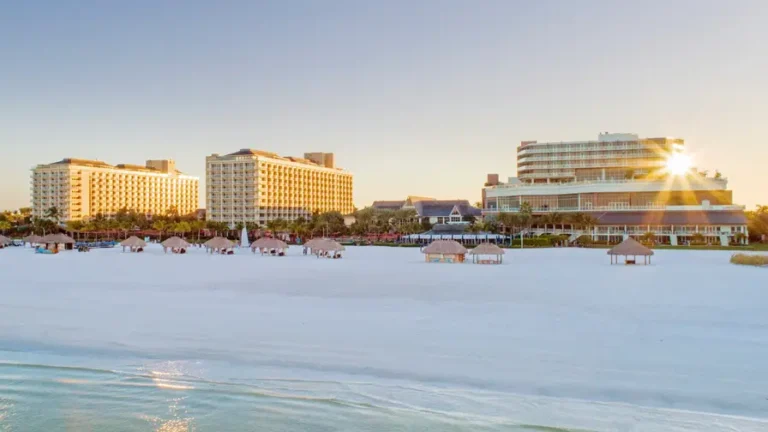
By JERRY L. MALLAMS
Q: What does the District do to prepare for hurricane season?
A: Year-round, the District operates 84 water control structures in its 16-county area. These structures assist with flood protection, manage lake water levels and prevent saltwater from flowing up freshwater streams and creeks. To prepare for hurricane season, staff conduct annual hurricane readiness checks of all the District’s structures to ensure they are working properly. This includes making certain all structure gates are functioning correctly and that each emergency generator is working and fully fueled.
Q: What is a critical structure?
A: Some of our flood control structures are considered critical structures, such as the structures associated with the Tampa Bypass Canal System. This system routes flood water from the Hillsborough River around the cities of Tampa and Temple Terrace, providing protection from river flooding. Used in 2017 during Hurricane Irma, the canal system was moving up to 3 billion gallons of flood water a day, sparing homes and businesses along the lower Hillsborough River from flooding. Due to their important flood protection role, these structures are considered critical structures.
Q: What is the largest flood control system in the District?
A: The Tampa Bypass Canal System is the largest flood control system in the District. It is made up of nine flood control structures, a 6.5-mile earthen dam, and 15.7 miles of canals, and impounds flood waters from the Hillsborough River into the 16,000-acre Lower Hillsborough Flood Detention Area. As the detention area fills with water from the river and the surrounding 450-square-mile watershed, the flows then enter the Tampa Bypass Canal and are safely diverted to McKay Bay, protecting the cities of Temple Terrace and Tampa from river flooding. The Tampa Bypass Canal System was constructed in response to massive flooding caused by Hurricane Donna in 1960.
Q: How are the structures operated?
A: All the Tampa Bypass Canal structures, along with many other District structures, can be operated remotely or manually. All the District’s mission-critical water control structures, including the 17 flood control structures, are operated remotely by staff using a computer. This allows staff to operate structures 24 hours a day, seven days a week from any location. Approximately half of the District’s water control structures must be manually operated, with staff having to be physically present at the location to operate the structure.
Q: What actions does the District take during an active storm threat?
A: During an active storm threat, District officials activate its Emergency Operations Center (EOC) to monitor tropical storms and hurricanes. Depending on the level of activation, the District will mobilize appropriate emergency personnel to report to the EOC for extended shifts. Staff will monitor and document water levels and operate water control structures on water bodies throughout the District’s 16-county area as needed. EOC officials will maintain direct communications with the state and affected county EOCs and distribute information to the media, the public and District employees.
Jerry Mallams is a licensed professional geologist in Florida who manages the 84 District-owned water control structures and canal rights of way within the 16-county area. In addition to his role as the Operations Bureau Chief, Mallams also serves as one of the District’s emergency managers and is responsible for coordinating the emergency response activities of all staff.

























